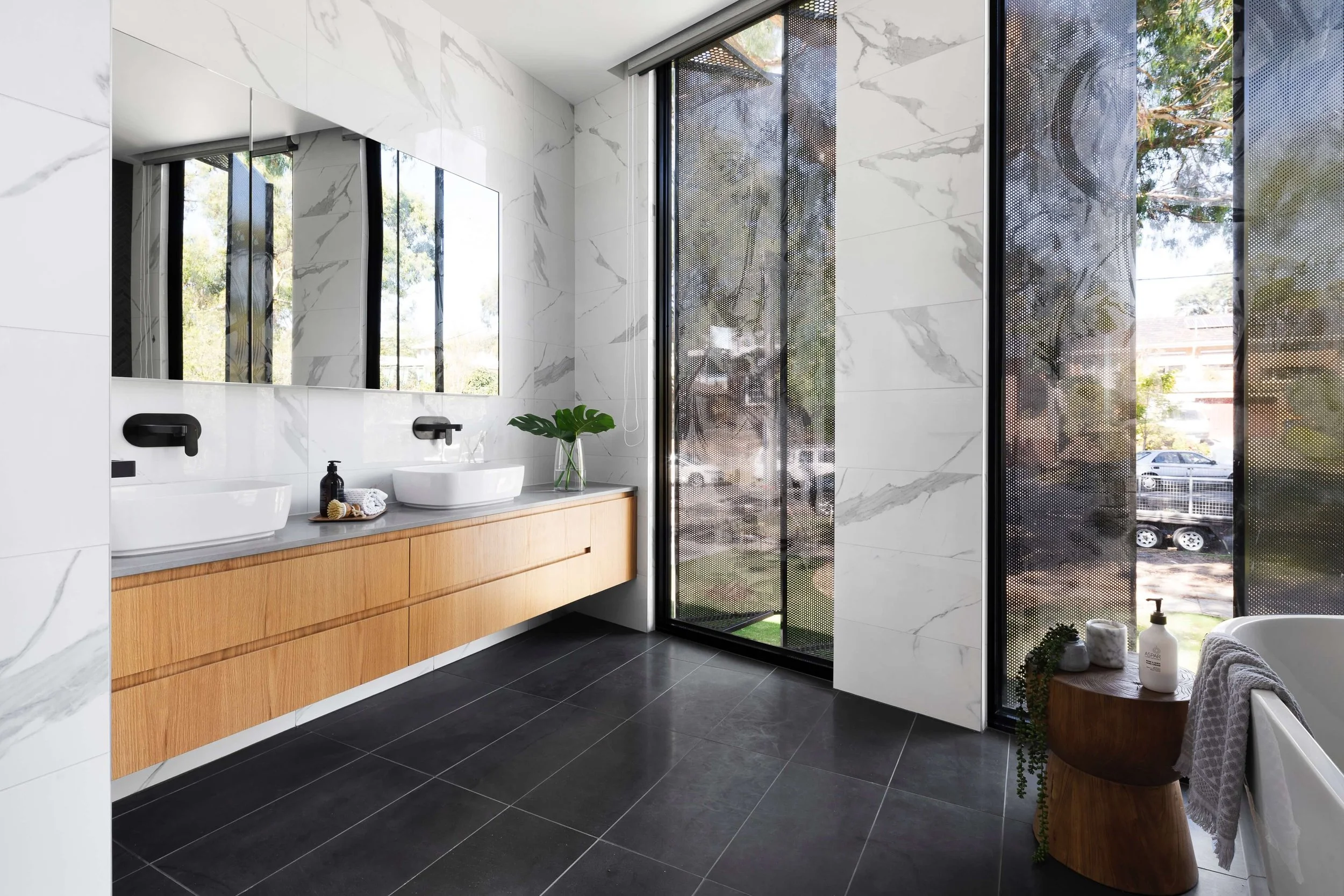Noise Reduction Tips for Commercial Building Renovations
Noise pollution is one of the forgotten negative impacts of construction — loud sounds ring throughout the area for hours, irritating everyone in the project’s vicinity. Noise complaints can also delay project completion, which costs precious time and money. These problems often become more frequent and severe when renovating large commercial buildings.
Here are five essential noise reduction tips for commercial building renovations professionals can apply to their upcoming projects.
Effect of Noise Pollution
A noisy construction site negatively impacts the well-being of everyone involved — humans aren’t designed to endure such loud noises. It affects stress levels, sleep patterns, and psychological stability. A 2016 study showed overexposure to loud noises can even stunt a child’s language learning development.
Of course, noise pollution from construction primarily affects the workers. According to research, 58% of older construction employees have experienced hearing loss due to noise exposure. The prevalence of hearing loss in the industry has decreased over the last few decades, but that number is still uncomfortably high.
With the consequences in mind, here are five ways project managers can reduce the noise emissions from their sites.
1. Optimize the Worksite
During the planning phase of the renovations, designers must include measures to optimize the worksite’s sound containment. There are several simple ways to help eliminate a construction site’s noise before the project begins:
Cover loose metal objects with rubber to reduce vibrations.
Adjust tools and equipment to avoid shaking or rattling.
Line barrels, chutes, and other similar items with rubber.
Add noise barriers around the site to redirect sound waves away from the building’s other occupants.
As any construction employee knows, metal is the main cause of noise pollution. Containing the sounds from metal objects around the site is an excellent step in the right direction.
2. Use Sound-Adsorbing Materials
Project designers must also incorporate sound-absorbing materials into the renovations. Many commercial buildings already utilize carpet, foam padding, fiberglass, and other materials to reduce sound, so the installation should be a breeze.
Plants and certain landscaping features can also reduce noise. For example, adding vines and ivy to the walls will help trap incoming sound and keep the building quiet. The more natural elements, the greater the effects will be.
3. Invest in New, Quiet Equipment
Yesterday’s diesel-powered construction equipment was loud and annoying — thanks to continued development in sustainable technology, tomorrow’s electric equipment is much quieter and more energy efficient. This investment will cost more than cheap diesel machinery because of the complex manufacturing and extra cooling fans, but designers can’t always think with their wallets.
Besides, reducing noise pollution is a wise long-term goal. It will help contractors get bigger and better jobs later on, giving them returns on their investments and increase profits. The construction industry needs to become more sustainable in the coming years, so why not start by cutting back on noise?
4. Perform Smaller Tasks Off-Site
Sawing, drilling, hammering, and other everyday construction tasks also cause a lot of noise. If the project allows it, workers could perform these tasks off-site or in temporary sound-containment enclosures. If generators and compressors can fit into the compartments, put them inside, too.
However, using temporary enclosures for a commercial building renovation project might interfere with other people’s jobs. Designers must ensure they have the go-ahead from the property owner before setting them up.
5. Protect the Workers
Project managers must make sure they protect their workers. Ear muffs, ear plugs, and canal caps will allow them to continue working without suffering mental or physical harm from the project’s many noises. The CDC also recommends companies use the Sound Level Meter app to monitor and control noise emissions.
Scheduling is another critical factor in protecting construction employees. They shouldn’t face prolonged exposure to noise, so managers might have to deny requests for back-to-back shifts. They also need to minimize the number of noisy jobs going on at once. If the project calls for jackhammers today, save the next loud task for tomorrow
Less Noise, More Projects
Reducing noise on the worksite not only helps the workers and other people nearby, but it also helps the company. Designers and project managers who earn a reputation for quiet projects could get more significant jobs and become known as pioneers of new sustainable building practices. Less noise leads to more projects, which ultimately leads to more satisfied clients.
Author Bio: Evelyn Long is a writer and editor-in-chief for Renovated, a web magazine for the home industry. Her work focuses on design and construction tactics for industry professionals.







